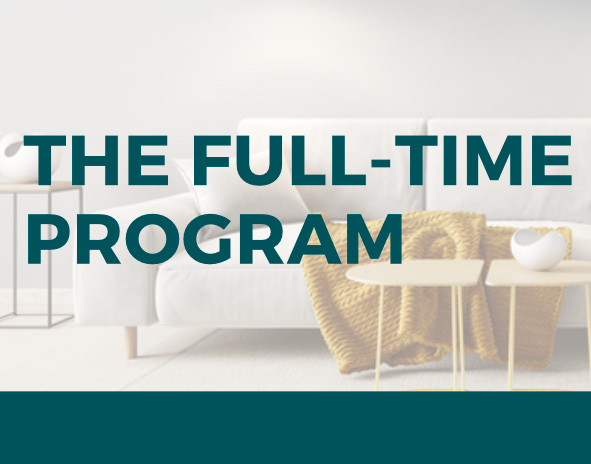The 15-month full-time program is designed to provide a comprehensive learning experience, divided into three progressive studios. Each studio is carefully structured to ensure students acquire the essential knowledge and skills required to excel in the dynamic field of interior design:
Studio 1: Foundation and Fundamentals
This studio establishes a strong groundwork in the principles of interior design. Students are introduced to core subjects such as design communication, space planning, color theory, and materials exploration. The aim is to build a solid foundation in design thinking, problem-solving, and visualization skills. By the end of this studio, students will have mastered basic design concepts and be ready to move on to more complex challenges.
Studio 2: Intermediate Skills and Exploration
The second studio builds on the foundational knowledge gained in Studio 1. Students focus on intermediate skills, including the use of CAD (Computer-Aided Design) software for creating detailed drawings and plans. Topics such as lighting design, furniture selection, and sustainable design practices are explored in depth. This studio encourages students to engage in creative problem-solving and experiment with innovative techniques that push the boundaries of their creativity.
Studio 3: Advanced Projects and Professional Practice
In the final studio, students tackle complex design challenges that prepare them for the professional world. This stage emphasizes advanced digital tools, professional practice, and real-world application. A key feature of this studio is a 3-month internship, where students gain invaluable hands-on experience. The program culminates in a portfolio-ready capstone project, showcasing their skills and creativity.
Upon completing this rigorous program, graduates will be fully equipped for professional roles in interior design. They will also have the unique opportunity to pursue a Master’s degree through ZIDA’s partnership with Obafemi Awolowo University (OAU). This partnership ensures a seamless pathway to advanced education and further career growth, making the program a transformative journey for aspiring interior designers.
Facilitators
What to learn
What you need
Materials included
- Study guides and handouts.
- Drawing and drafting tools.
- Access to CAD software.
- Sample materials (fabrics, finishes, etc.).
- Portfolio binder for project submissions.
- Online learning resources.
- Design templates and mood boards.











